Fruits in Japanese Spring: How to Say Them!
Linh Le
Posted on March 08, 2023
Share:
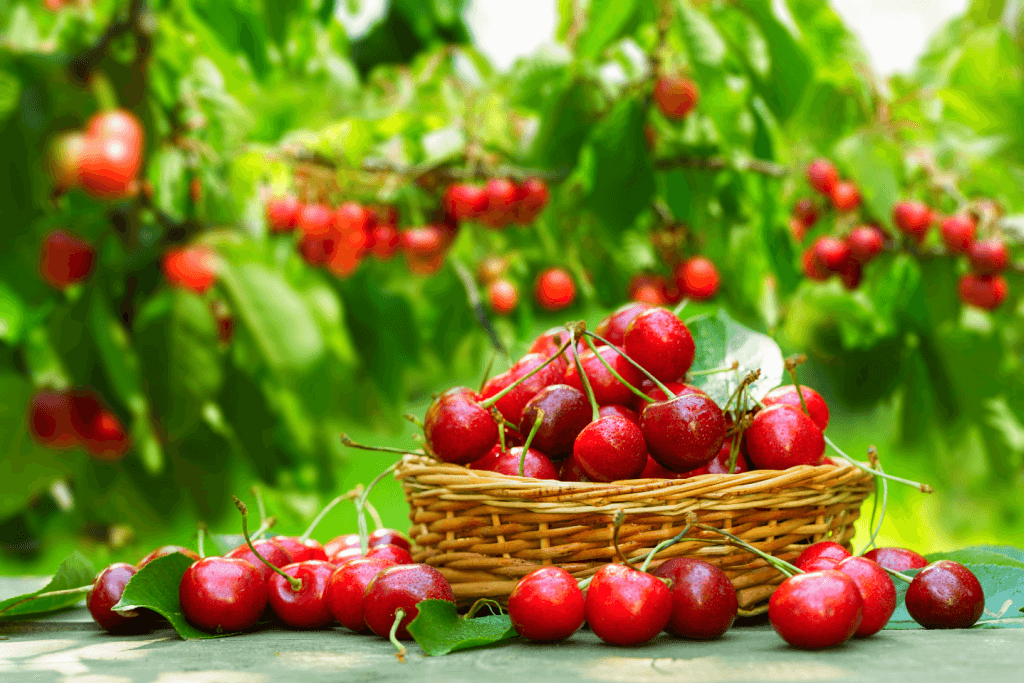
Japan is where you can enjoy the beauty of the four seasons in every sense. Eating seasonal food is one of the best ways to embrace the season. Despite the cold, it is when many fruits are at their finest. We’ll introduce you to five fruits in Japanese culture that are perfect for spring!
Strawberry
Regarding fruits in Japanese spring, strawberries, also known as ichigo in Japanese, are the favorite fruit of Japanese people. The original season for strawberries is actually from spring to early summer. They start to produce flowers when the temperature rises in spring.
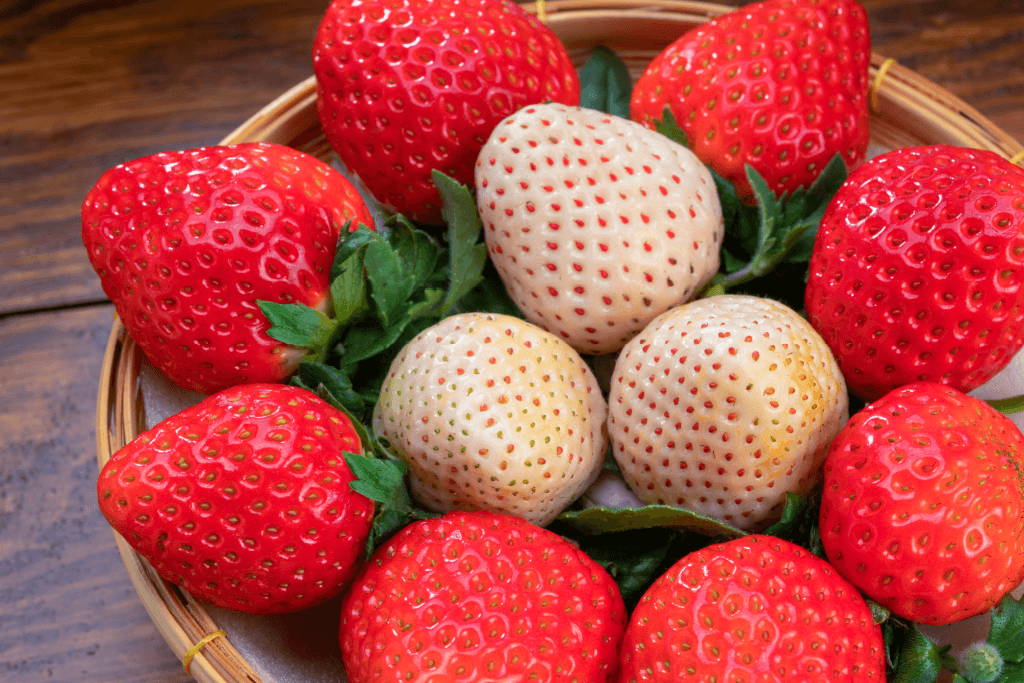
However, strawberries primarily grow in greenhouses thanks to artificial cultivation techniques. Therefore their harvest season is around November or December. Japanese strawberries are the most delicious worldwide for their size, sweetness, and juiciness. There are over 312 varieties of strawberries in Japan, from Hokkaido to Okinawa. Among these, the top three strawberry producers in the current market are Tochigi, Fukuoka, and Kumamoto.
Types of Strawberries
Japan’s most popular variety of strawberries is the Tochiotome of Tochigi Prefecture. Although slightly smaller than other types, Tochiotome is famous for its perfect sweetness, sourness, and juiciness balance. They are also substantial in texture and can last long, which is why many people have loved Tochiotome for many years.
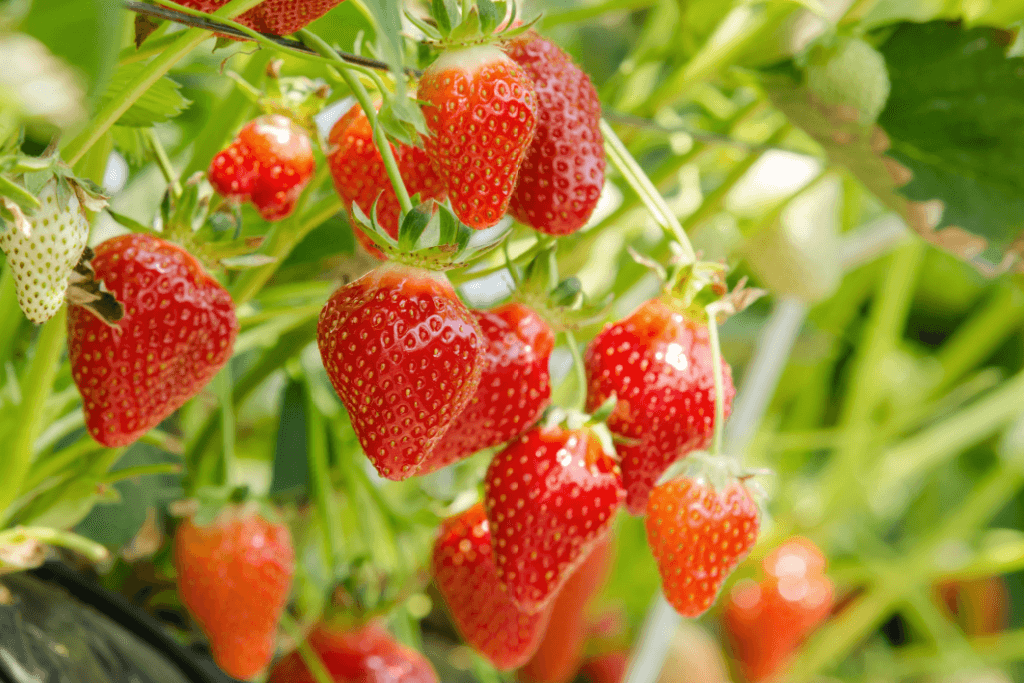
Coming second on the list is amaou – an original strawberry of Fukuoka Prefecture. Its name is a portmanteau of “amai” (sweet), “marui” (round), “ookii” (big), and “umai” (delicious). Amaou strawberry is famous for its volume – about twice that of a typical strawberry. In addition, its cute round shape and rich taste are also the secrets to its popularity. It’s one of the most popular fruits in Japanese spring!
A recently popular strawberry variety is Yuubeni from Kumamoto Prefecture. Its name comes from the kanji of “yu” from Kumamoto, “kuma” and “beni” from the bright red color of the strawberries. Its appeal is the refined and pleasant aroma inherited from its parent variety – Kaorino. Yuubeni is also famous for its pretty shape and the amount of juice it contains.
Craving for some seasonal Japanese confectionery and teas for the spring? Check out Sakuraco! Sakuraco sends the best of traditional Japanese snacks, sweets, and teas right to your door so you can enjoy the taste of the season right at your home!

Mikan (Satsuma)
To your surprise, if you ask Japanese people about a fruit called satsuma, many would answer that they don’t know. People use satsuma worldwide, especially in Europe, to refer to mandarin oranges, generally known as mikan in Japan.
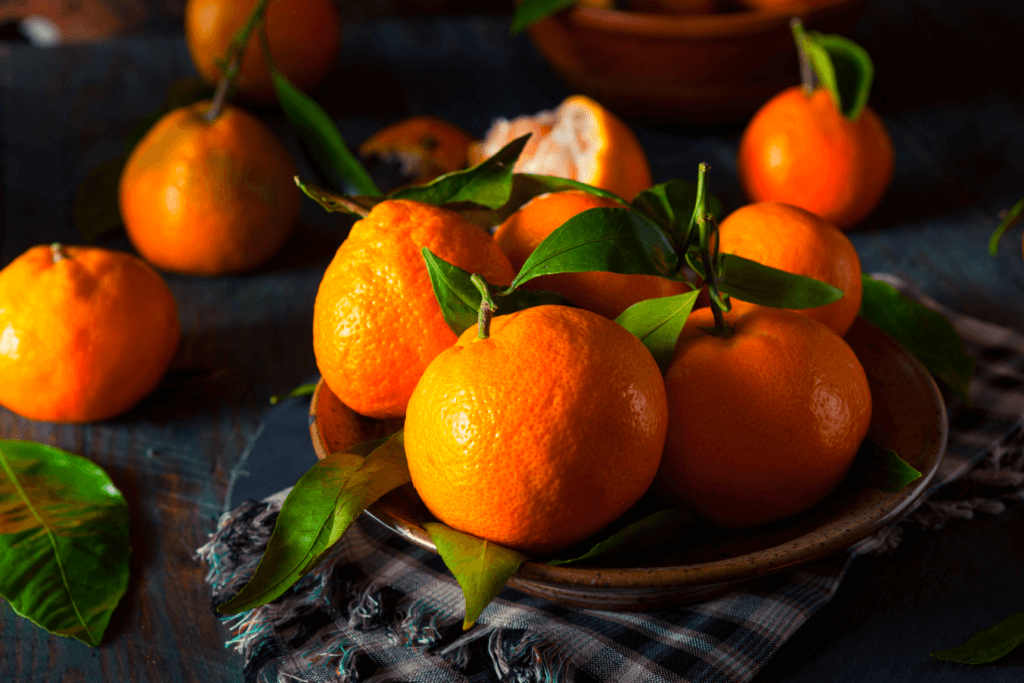
Mikan is a spring fruit in Japan different from oranges – small, seedless, sweet, and easily peeled by hand. Since the 18th century, wide varieties of satsuma or mikan have come to Japan from China, but the most popular is Wenzhou mandarin oranges.
Like other citrus fruits, mikan is rich in minerals, vitamins, and potassium, making it an ideal fruit to consume daily in spring to improve the immune system. In addition, mikan is also the all-time favorite fruit of women since it helps prevent hair loss, strengthen nails and hair, and enhance skin texture.
Cherry
When we say cherries, we often refer to American cherries, but in Japan, domestic cherries are sakuranbo. Sakuranbo is an early summer fruit that most people eat around June and July. However, sakuranbo can be produced in the greenhouse from January, which is out of season.
Unlike strawberries, sakuranbo is only available in small amounts, making it a pretty expensive fruit in Japan. Yamagata Prefecture is well-known for cherry production in Japan.
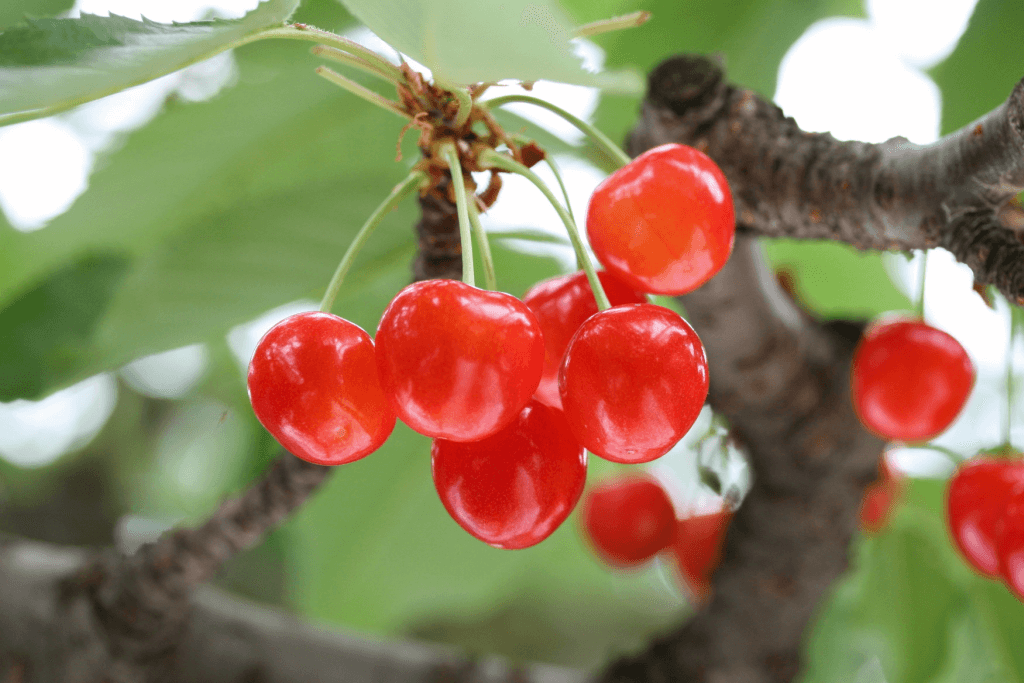
Among many varieties of sakuranbo, Sato Nishiki, also known as the “red ruby,” is the representative that accounts for nearly 70% of domestic production that will be on the market from mid-June. Cherries that we always refer to our American cherries imported from the United States. Most of them are dark-colored varieties called “Bing” in Japan.
These small red cherries are lovely to look at and have a refreshing sweet and sour harmony. Small and cute as it might seem, sakuranbo has many health benefits. Its nutrients are carbohydrates, vitamins A, B, and C, folic acid, phosphorus, potassium, and iron. They help with inflammation, post-disease recovery, fatigue-induced appetite, and skin beauty.
It also contains a relatively high amount of folic acid, suitable for pregnant mothers, and is an essential vitamin for blood cell development.
Fuji Apple
The name “Fuji” comes from taking one letter from Fujisaki Town of Aomori Prefecture – the birthplace of this apple and Mt. Fuji – a mountain representing Japan. It is one of the apple varieties loved worldwide because it contains a unique sweetness of honey and a good balance of sweetness and sourness. In the market, there are two kinds of Fuji apples: one with a bag (yutai – 有袋i) and one without a bag (mutai – 無袋).

Those grown without bags, known as “Sun Fuji,” are exposed to a lot of sunlight, making it easier for honey to enter, resulting in its high sugar content. On the other hand, the common Fuji apples are covered with a bag to block the light. In the fall, people remove the loads from the sun for coloring, giving the apple a bright appearance.
Loquat
Loquat is native to southwestern China and came to Japan in the Edo period. In Japanese, the loquat is called “biwa” because it resembles a musical instrument of the same name. They’re easy to germinate and grow fast! Therefore, you can sow the seeds, place them as houseplants, and produce fruits from the end of March to the beginning of April.
They are sensitive to the cold and grow best in warm climates. Therefore, Kyushu, Shikoku region is the main production area, and Nagasaki boasts Japan’s most significant production volume.
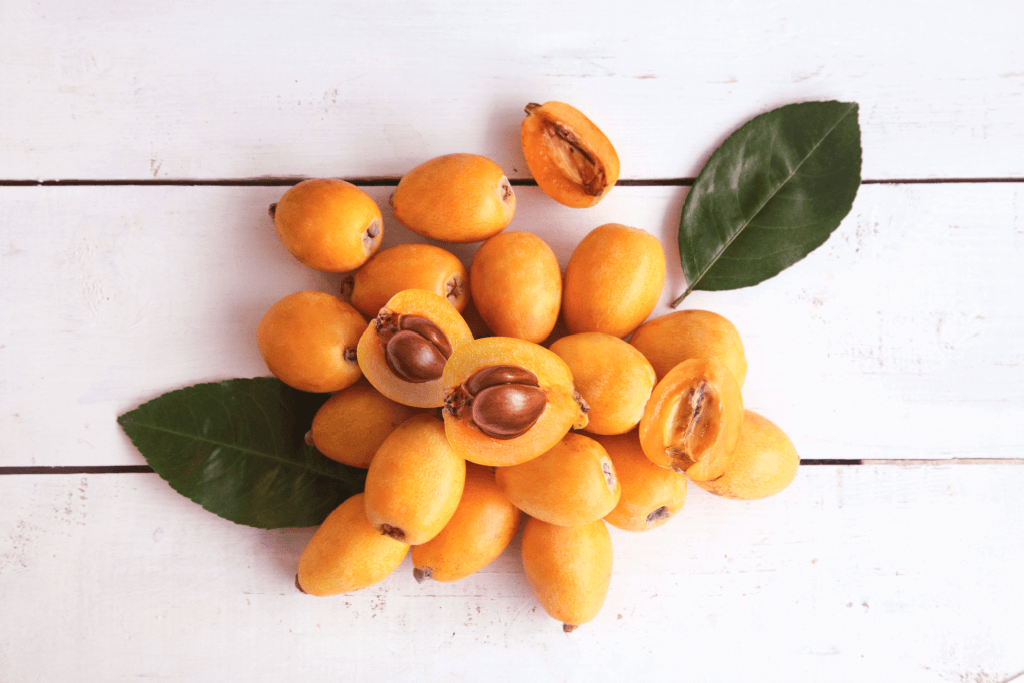
In ancient times in Japan, loquat was often grown in homes with sick people as a substitute for medicine. Moreover, loquat contains carotene, effectively preventing colds and high blood pressure. The loquats’ tree leaves help with throat inflammation, digestive relief, and improving skin condition. Loquats are one of the most ethnic fruits in the Japanese spring.
People usually think there is little to eat in a loquat because it has around 4-7 big seeds. However, loquat is 70% edible, much higher than other citrus fruits. In addition to being eaten raw, people also make jellies and jams.
Which of the above fruits in Japanese culture is your favorite? What other spring Japanese fruit do you like? Let us know about it in the comment below!

Discover authentic flavors with Sakuraco
Get Sakuraco 

Discover authentic flavors with Sakuraco
Get Sakuraco 
Related Articles
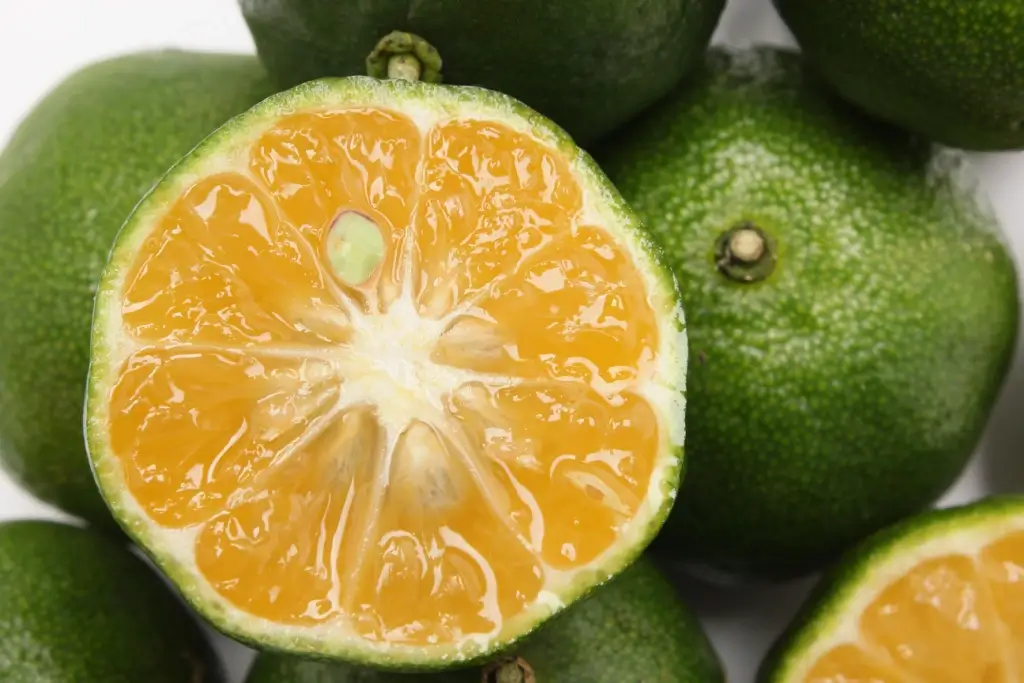
Shikuwasa: A Citrus Delight from Okinawa
In Okinawa, the fruit shikuwasa is widely used in various kinds of food and drink. Let’s explore this remarkable Okinawan fruit in more detail!
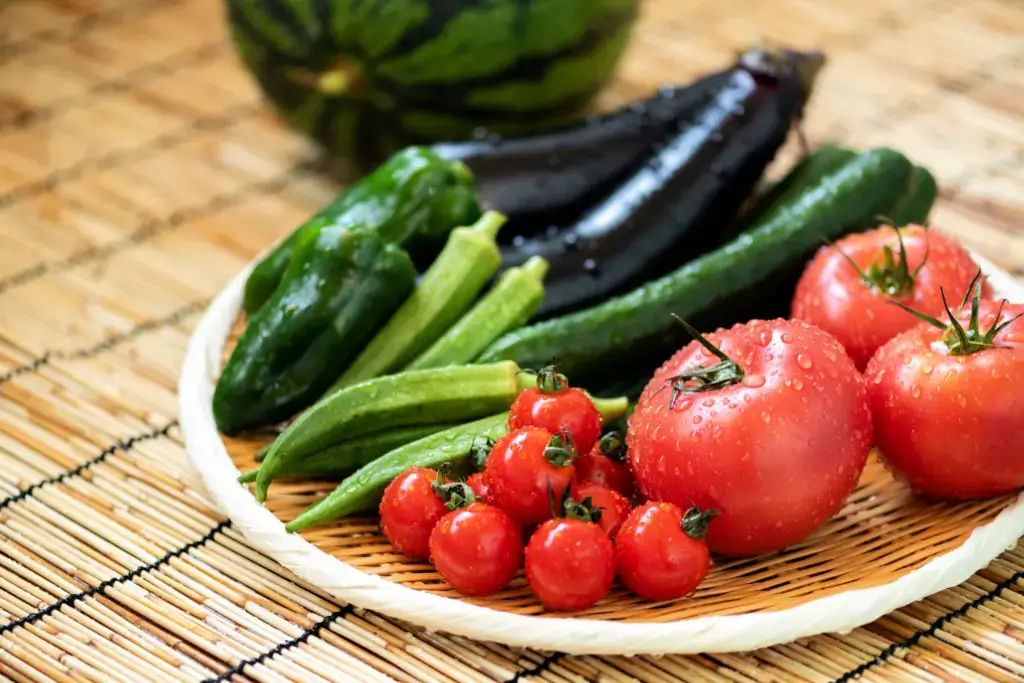
Japanese Vegetables: Awesome Picks for Hot Days!
People often crave cool foods and drinks to beat the heat in summer. Vegetables are always one of the top ingredients and essential in summer cuisine. This season offers a wide variety of delicious and healthy vegetables. Let’s explore some of the most popular Japanese vegetables in summer dishes!

What Is Mochi When You Fry It? It’s Agemochi!
Agemochi is a deep-fried mochi snack that is crunchy on the outside and full of rich flavor. It differs from fresh mochi but is still made from the same rice base. People of all ages love this tasty treat and is easy to find in shops around Japan.

Omakase Experiences You Must Try While in Japan!
One of the best foodie experiences to try in Japan is omakase, where you trust the chef to create a unique meal just for you. This style highlights fresh, seasonal ingredients and offers a personal, unforgettable dining journey. Here are five must-visit omakase restaurants that showcase Japan’s culinary artistry.


